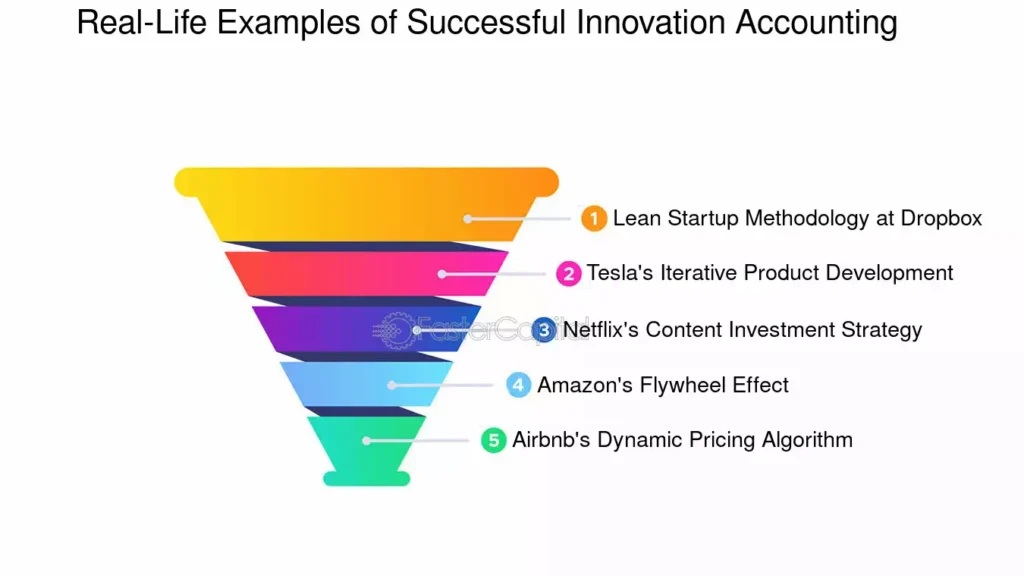Table of Contents
Introduction to ATFBORU
Since the business environment is always in motion, finding dependable channels for new thinking increasingly distinguishes one firm from its competitors. ATFBORU now arrives on the scene with a novel process that seeks to reshape how firms brainstorm and execute projects.
Rather than existing as empty jargon, the ATFBORU framework offers a clear method for arranging scattered thoughts into concrete, practical plans, thus allowing teams to focus their creativity and produce worthwhile results. Whether your firm is a fast-moving start-up or a business that has been listed for a century, learning this framework may uncover growth routes you have yet to imagine.
So, what features and principles combine to make ATFBORU a must-explore tool in today’s hurried market?
Key Components of the ATFBORU Framework

The ATFBORU model features several interrelated components that together propel organizational innovation.Each component helps create a climate in which imaginative thinking can genuinely prosper.
Collaboration sits at the center. When employees from different departments work side by side, their mixed ideas spark fresh solutions.
Equally important is adaptability. Team members should remain receptive to change and ready to reconsider existing plans. The model therefore encourages groups to be agile, adjusting course whenever fresh evidence surfaces or unforeseen obstacles emerge.
The user-centric design also ranks high. Everything teams create should meet real needs, rather than fancy features that only look good.
By prioritizing the needs and experiences of real users, new products stay not only inventive but usable in everyday life.
Benefits of Using ATFBORU for Innovation
ATFBORU provides a robust lens through which organizations can rethink daily operations and long-term strategy. When teams work within this model, their creative flows become leaner, allowing them to tackle problems more swiftly.
The framework actively invites input from every department. Such cross-pollination frequently ignites breakthrough ideas that would be unlikely to surface in isolated teams.
Agility is another hallmark of ATFBORU.Because the tool slips easily into almost any workplace, it now helps groups of every size, from baby start-ups to Fortune 500 giants.
The projects clear, sequential layout removes much of the uncertainty teams usually face. Members can monitor milestones, highlight bottlenecks, and guide the work before minor problems balloon into expensive delays.
Staff reported feeling more engaged when they saw their input directly shaping genuine innovation.Increased involvement lifts morale and cultivates a workplace climate that prizes curiosity.
Firms that adopt ATFBORU thus place themselves ahead of rivals while nurturing steady growth through an ever-evolving pipeline of ideas.
Real Life Examples of Successful Innovation Using ATFBORU
One vivid demonstration of ATFBORU at work appears in a small technology firm that reimagined everyday interaction with virtual reality.By embracing the new approach, the group accelerated idea generation, prioritized user feedback, and reduced extraneous steps. These moves produced an updated headset that significantly lessened eye fatigue, enhanced overall comfort, and enriched the sense of immersion.
A second case arises in a regional healthcare system that turned to the same framework in order to elevate patient care. Made up of doctors, nurses, and friendly code writers, the mixed team built easy-to-use telemedicine links for homes far off the beaten path. The result was broader coverage, faster answers, and, best of all, happy patients who knew someone cared.
In retail, a global apparel brand also embraced ATFBORU when it set out to overhaul a sluggish supply chain. Through steady team huddles and small pilot runs, the firm slashed delivery times, trimmed stockouts, and yet kept quality tags attached, thus proving that the framework flexes across sectors.
Taken together, these stories show that ATFBORU can spark real change, push fresh ideas forward, and put human needs squarely at the center of modern business.
Implementing ATFBORU in Your Organization
Rolling out the ATFBORU model in your workplace isn’t magic; it takes a simple, step-by-step game plan. Start by talking to staff in plain, everyday words so they see why the framework matters to them today. Hold short training sessions that walk through each piece and share real wins early testers have already posted.
Then look around for teams-most likely product design, customer support, or quiet back-office units-that could grab quick value. To make it work, write up a version of the ideas that speaks to each group in its own language.
Finally, run hands-on workshops that mix junior and senior people, letting them sketch prototypes, map journeys, and air worries together. When marketing sits beside IT and finance shares space with service, the collision of different viewpoints often sparks surprising solutions.
Success cannot be assumed, so set clear metrics before rolling out anything new.Monitor speed, mistake rates, or customer grades, check them often, and be ready to change course if the numbers say so.
At the same time, leave doors-open in both senses; welcome feedback, cheer small wins, and treat failures as lessons instead of blame. An organization that learns out loud shows people that ATFBORU is a journey, not a single project, thereby unleashing its inventive potential from the boardroom to the shop floor.
Challenges and Limitations of the ATFBORU Framework
Although the ATFBORU framework introduces fresh ideas, it is not without difficulties.For many newcomers, the single largest obstacle is the sharp learning curve that accompanies the models core ideas. Bringing staff up to speed with this distinctive approach demands considerable time and ongoing, patient effort.
Embedding the framework within established workflows can also present real difficulties. Nothing is more natural than resistance to change; employees usually pause before trading trusted habits for procedures that still lack a track record.
Resource constraints further limit adoption. Deploying the model requires spending on training, tools, and ongoing support, resources that not all organizations can spare.
Finally, measuring success within ATFBORU can be tricky. Conventional metrics may not translate cleanly, making it hard to chart progress and evaluate results.
Conclusion: The Future of Innovation with ATFBORU
The ATFBORU model signals a clear departure from older ideas about how firms manage new projects. By placing teamwork, agility, and an eye on users front and center, it opens room for more intelligent answers to tangled challenges. As markets grow fiercer, companies that make the framework part of daily practice strengthen their odds of steady innovation.
Working inside the model gives teams simple tools to read shifts in the market and act without delay, all while keeping stakeholder voices first. Real-world tales from firms that have woven ATFBORU into their culture show its power to fuel lasting growth.
Looking forward, those who draw on ATFBORU will not just follow change but will signal fresh benchmarks in creativity and problem-solving. Because the model prizes daily application and room to flex, the outlook for firms that adopt it is, quite simply, bright.
